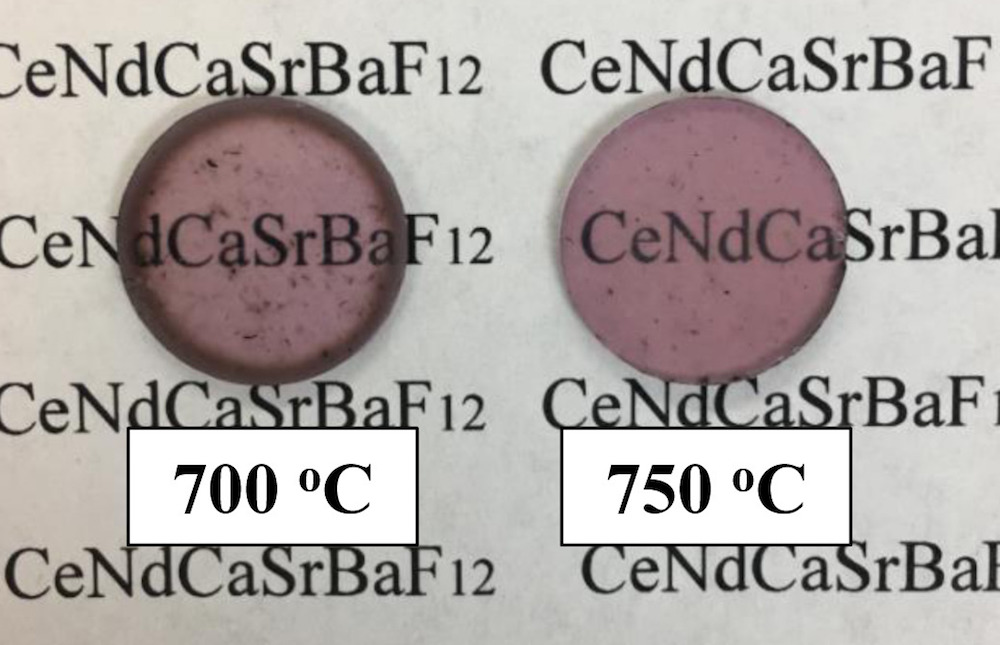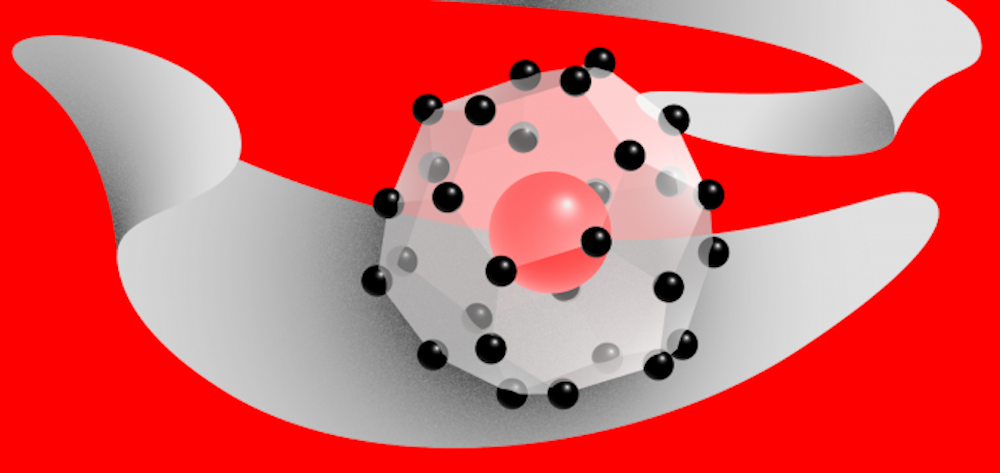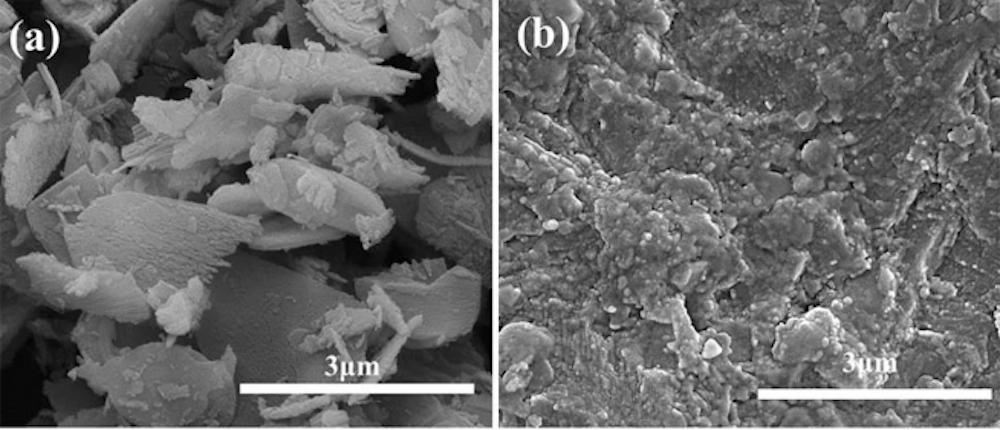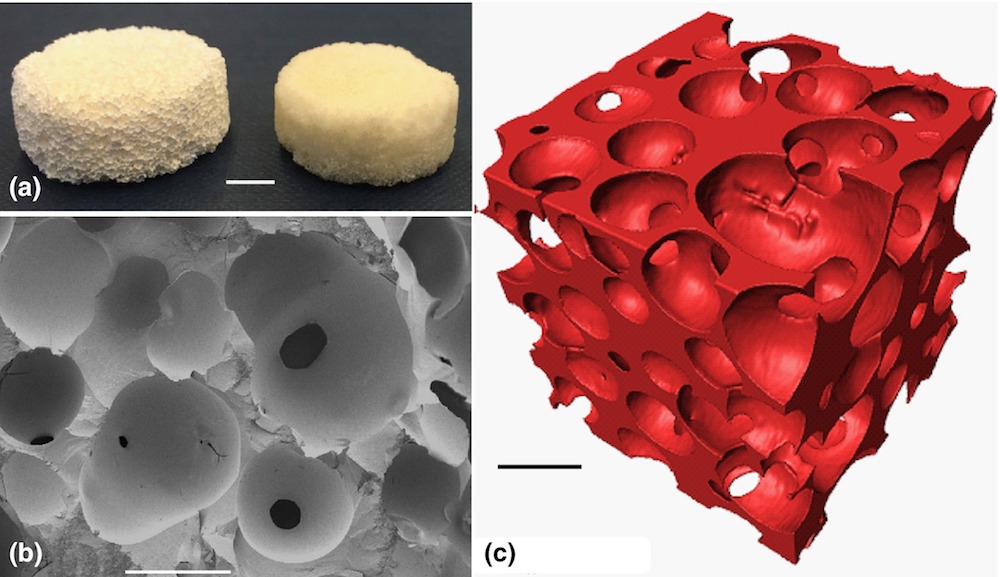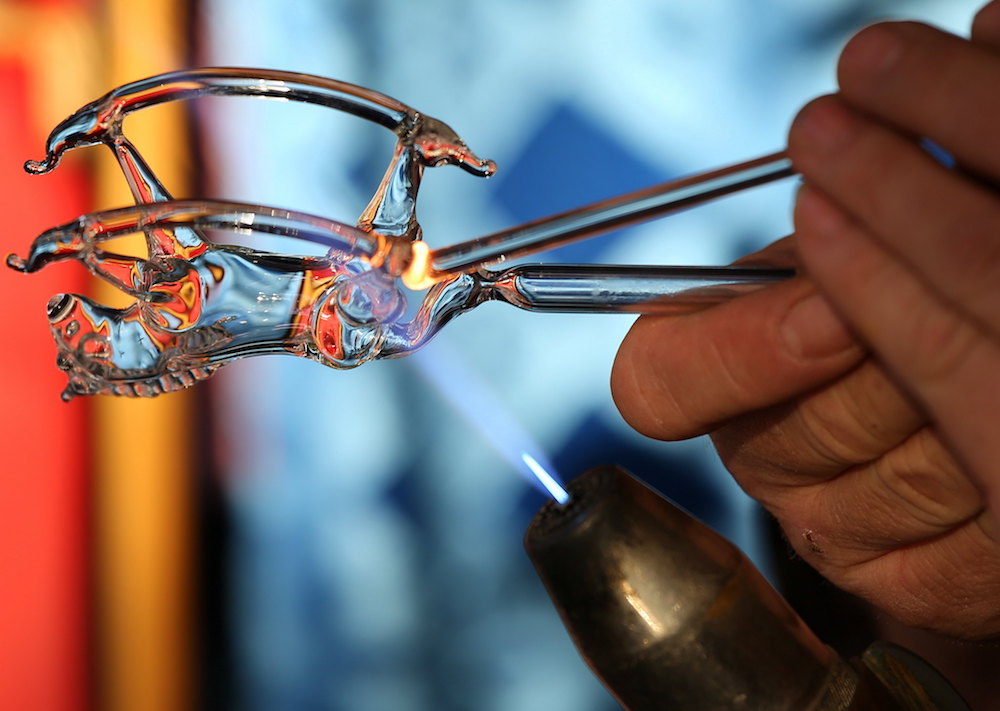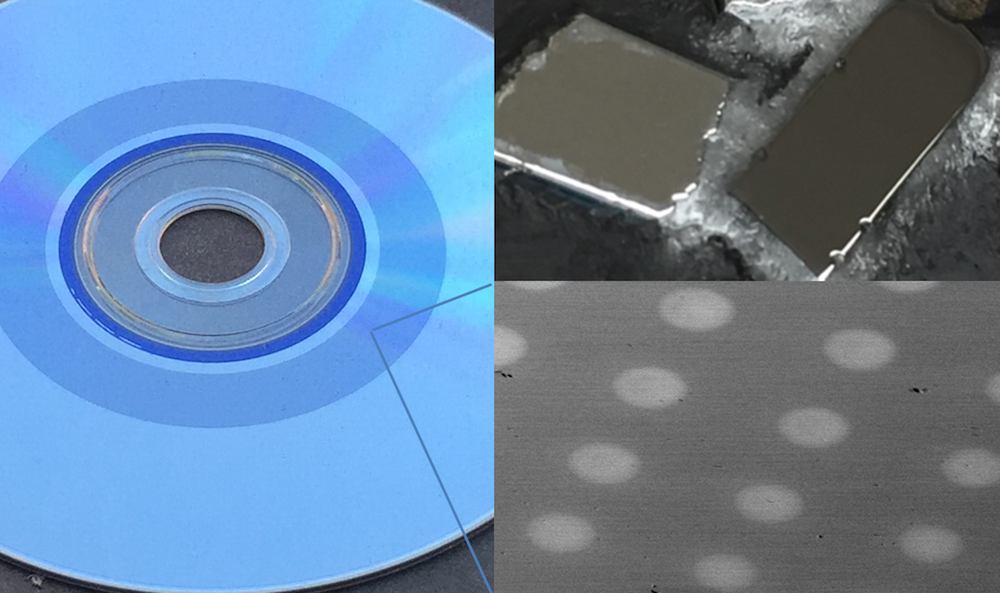High-entropy materials present significant potential for numerous applications due to their unique chemistries, but such materials’ optical properties have not been studied fundamentally yet. Two researchers at Alfred University begin to fill this knowledge gap by investigating a transparent high‐entropy fluoride laser ceramic.
Read MoreUsing electron microscopy, a team of scientists investigated the nanomechanics of nacre—and their results show precisely how this biomaterial gains superior strength upon lockdown.
Read MoreIn today’s world of global commerce, product identity is a significant issue with considerable economic repercussions. TruTag Technologies is developing porous silica nanoparticles that use unique spectral signatures to authenticate goods.
Read MoreDespite its ubiquity, the influence of grain shrinkage on cracking remains largely unexplored. Researchers from Princeton University investigated the phenomenon, and the results of their studies are described in two papers published this year.
Read MoreAtomic structure plays an important role in understanding element properties. As the International Year of the Periodic Table nears its end, a new study looks at the potential superhydrides, specifically CeH9, hold as high-temperature superconductors.
Read MoreMost bioglasses, especially the popular 45S5, form weak scaffolds prone to cracking because they do not sinter to full density. Researchers looked to understand the factors hindering densification.
Read MorePhase change materials are an excellent way to store data—if you know how to effectively switch between the material’s glassy and crystal states. Researchers at the University of Arizona and RWTH Aachen University discovered unlike most glasses, the PCM Ge2Sb2Te5 can switch directly from glassy to crystal without entering the liquid phase.
Read MoreFrom an environmental sustainability standpoint, which is better: glass bottles or aluminum cans? Turns out, the answer is not so clear-cut.
Read More
